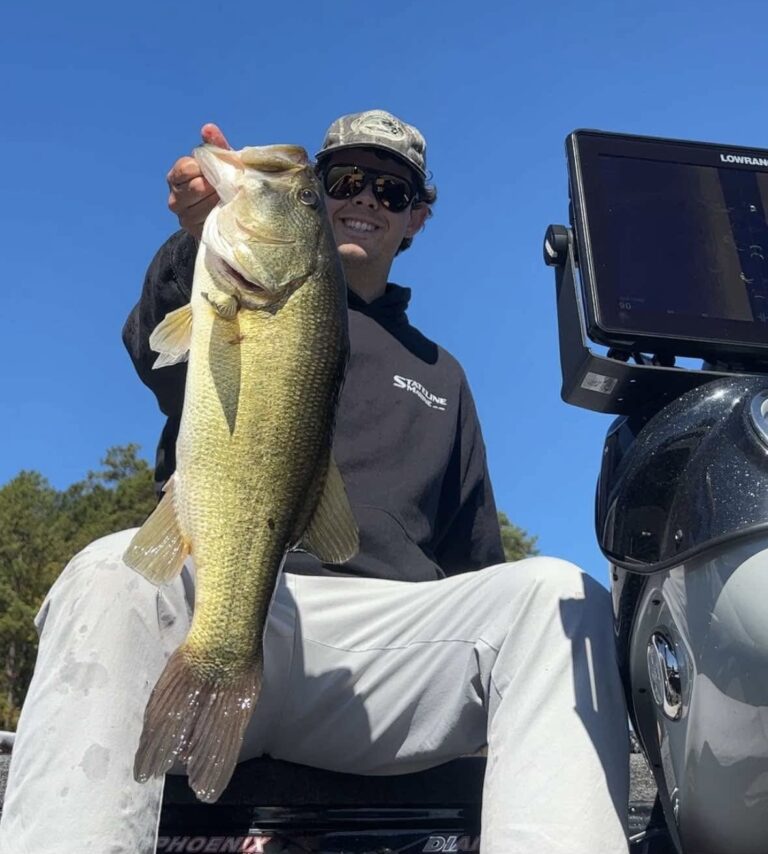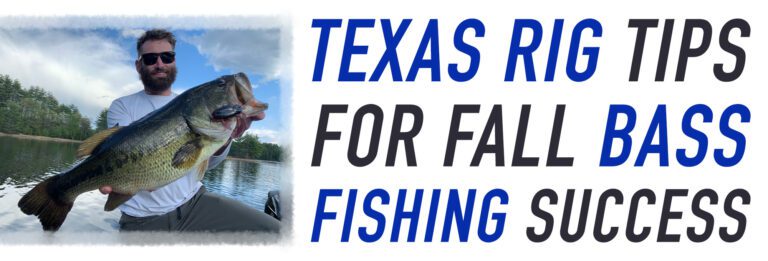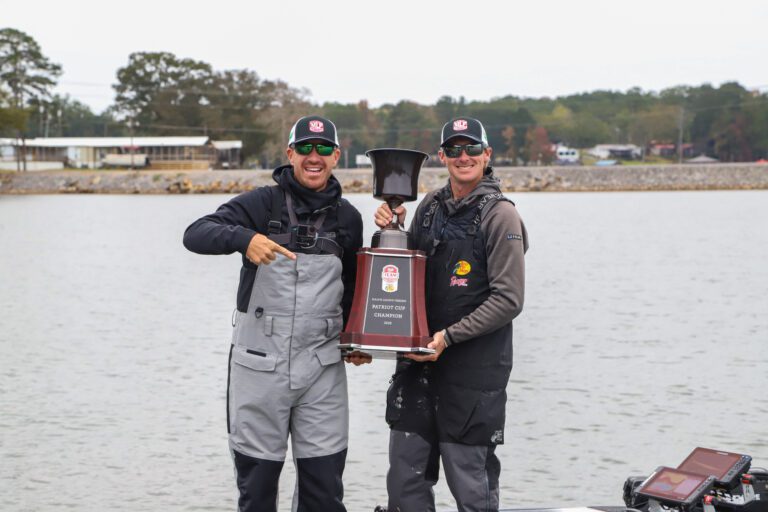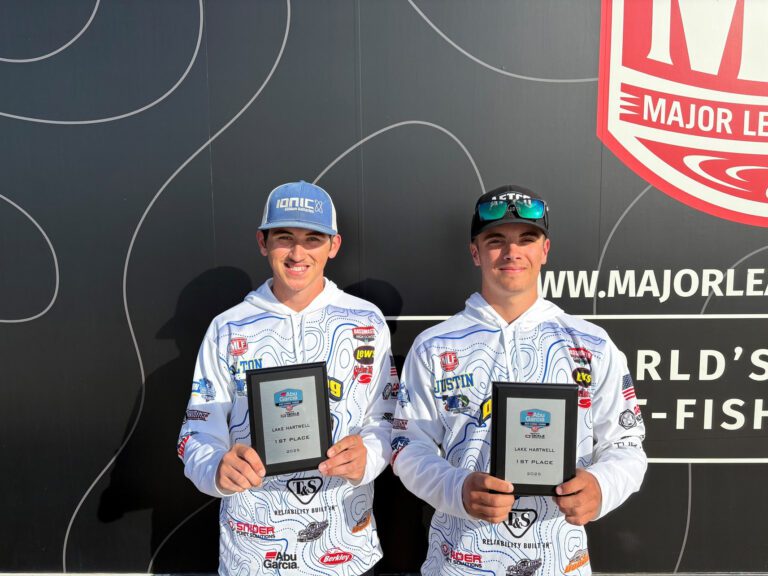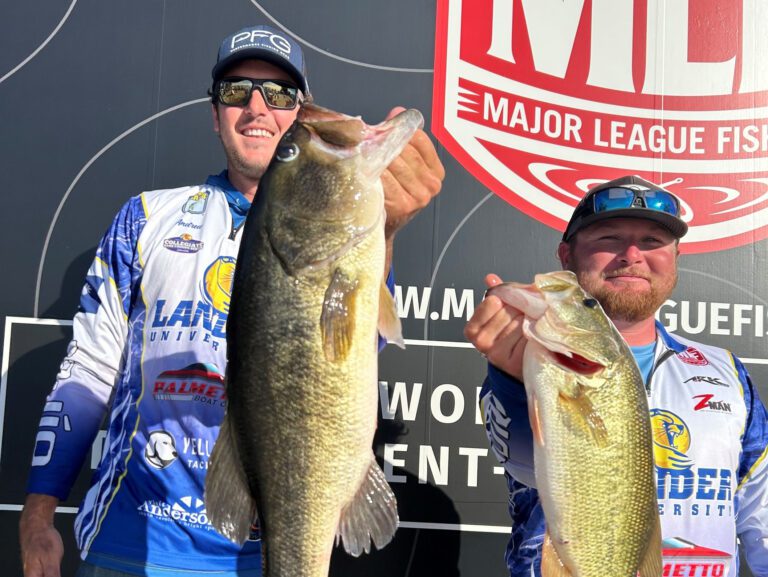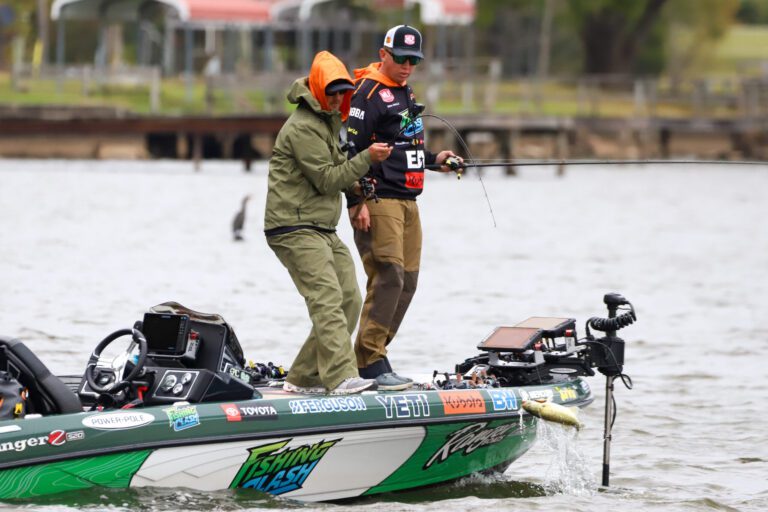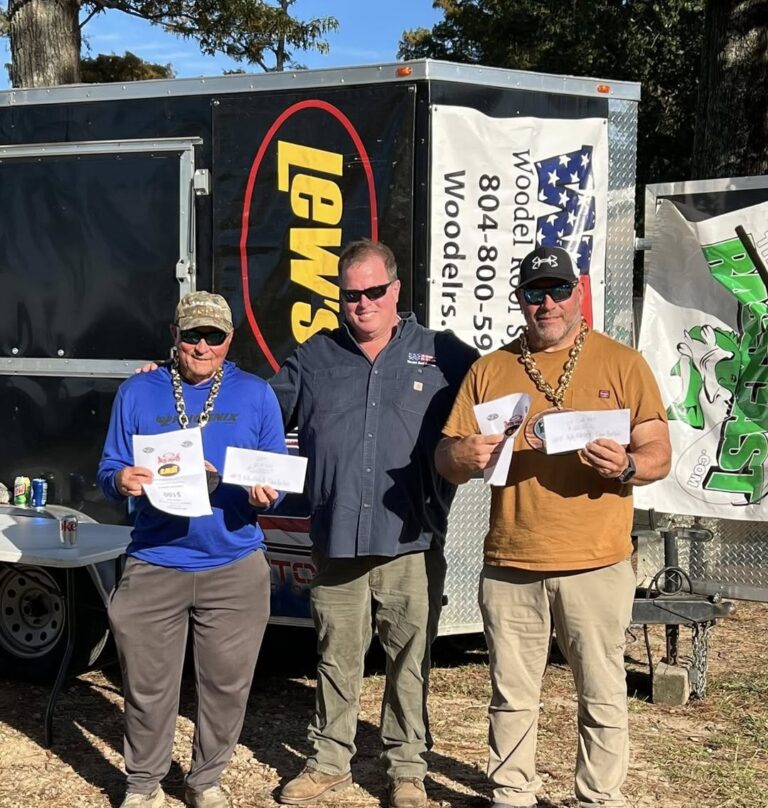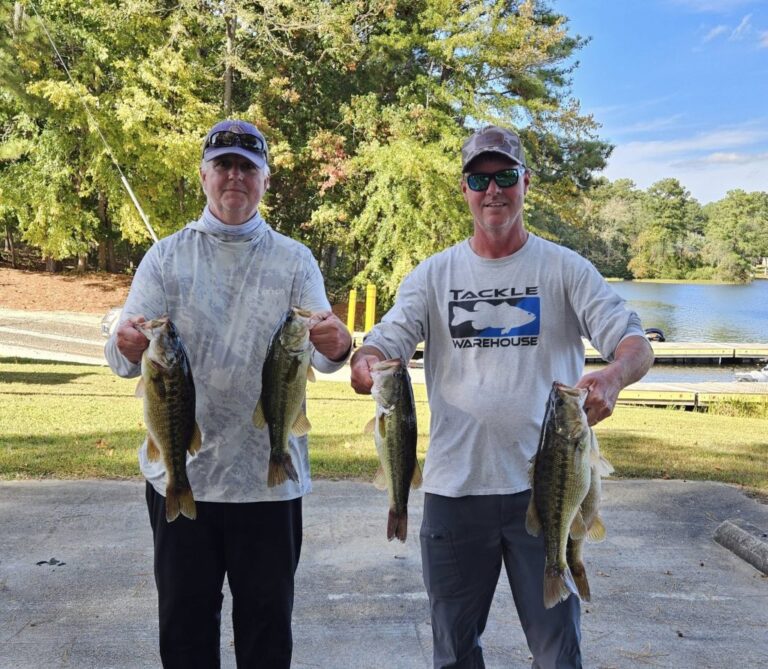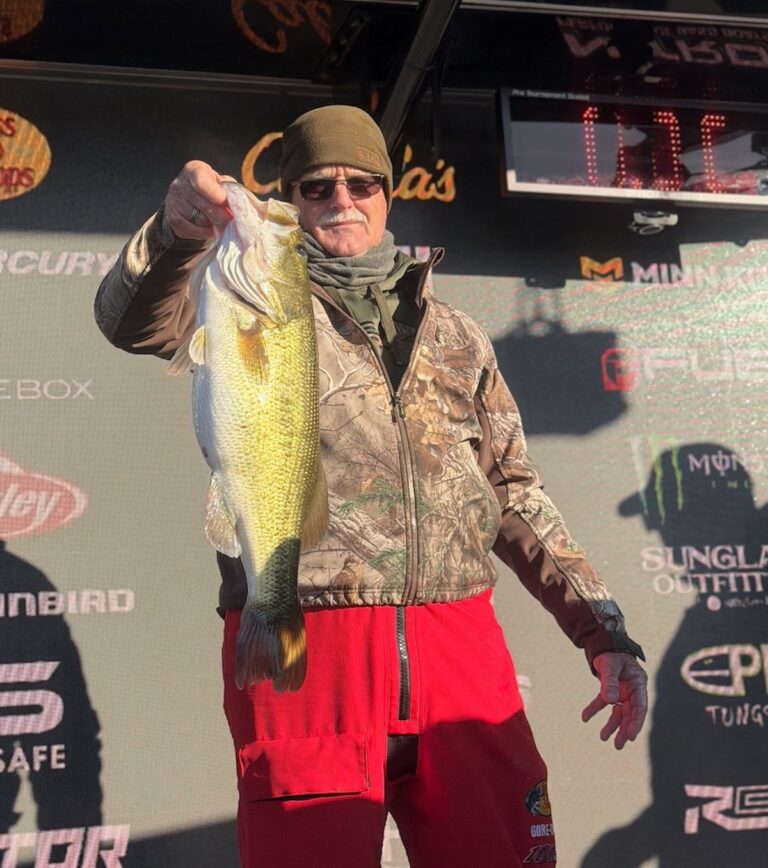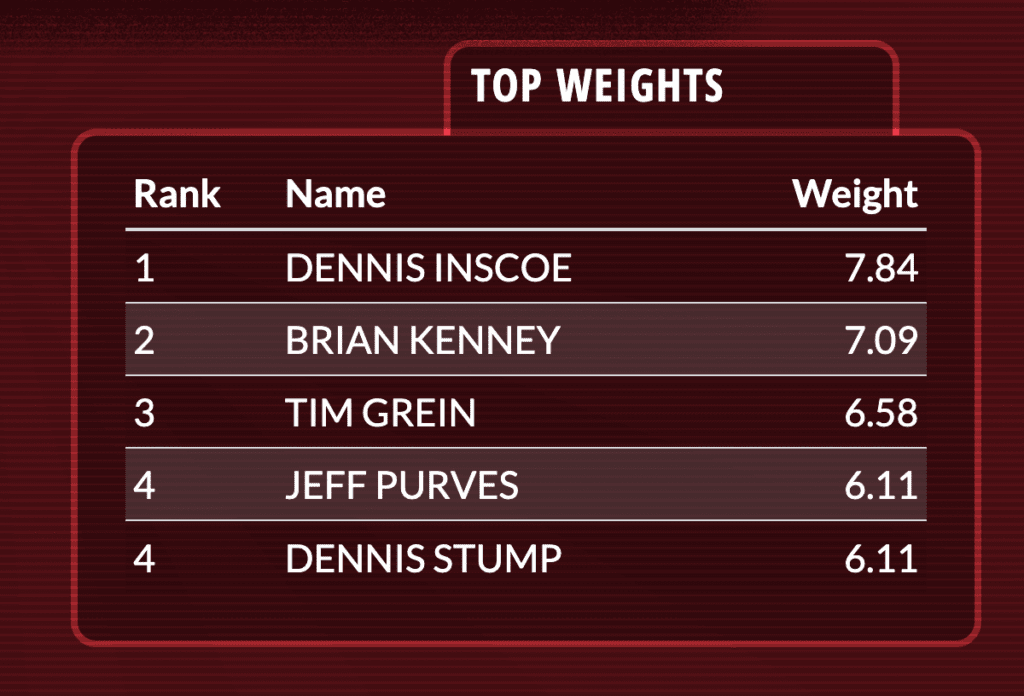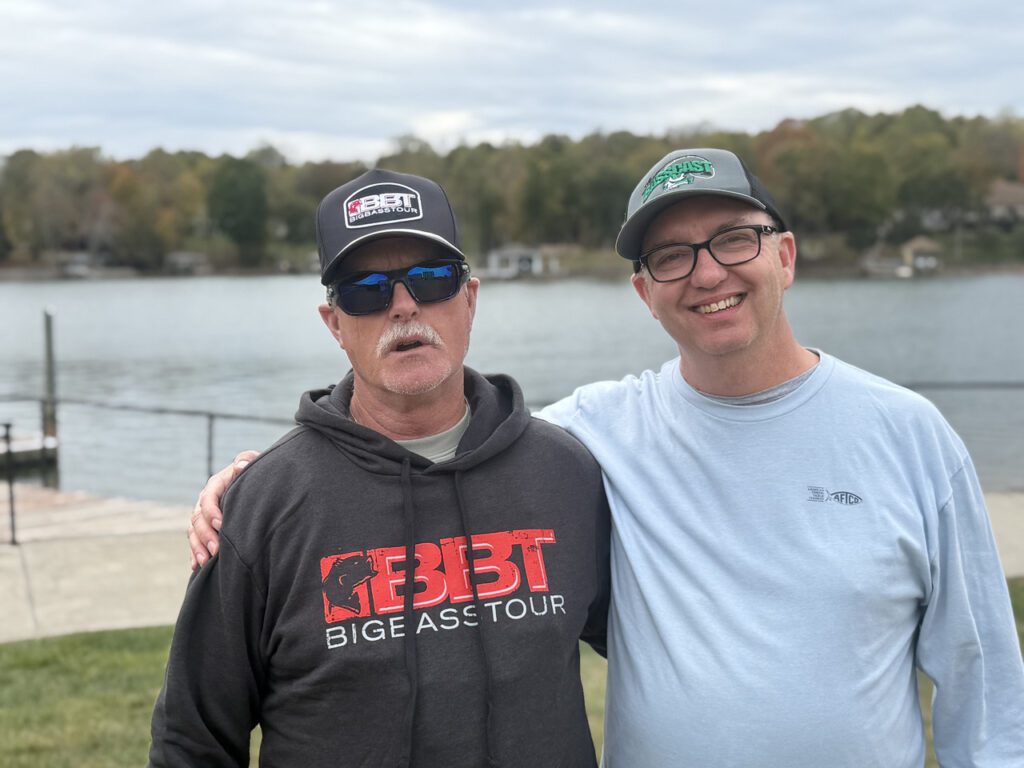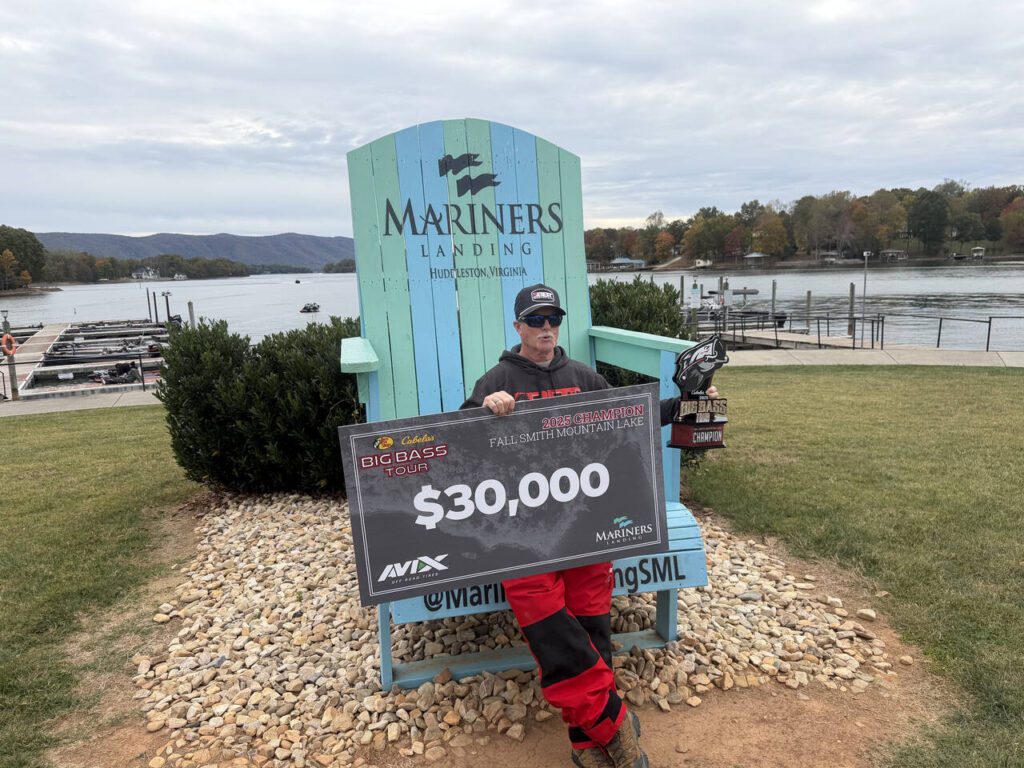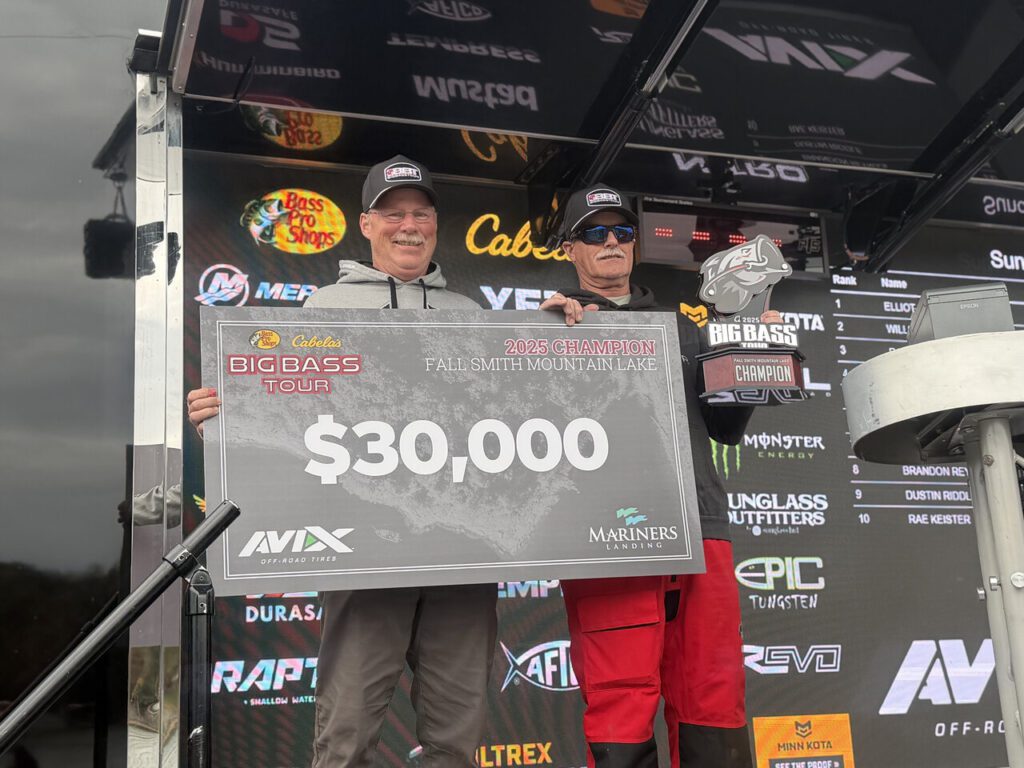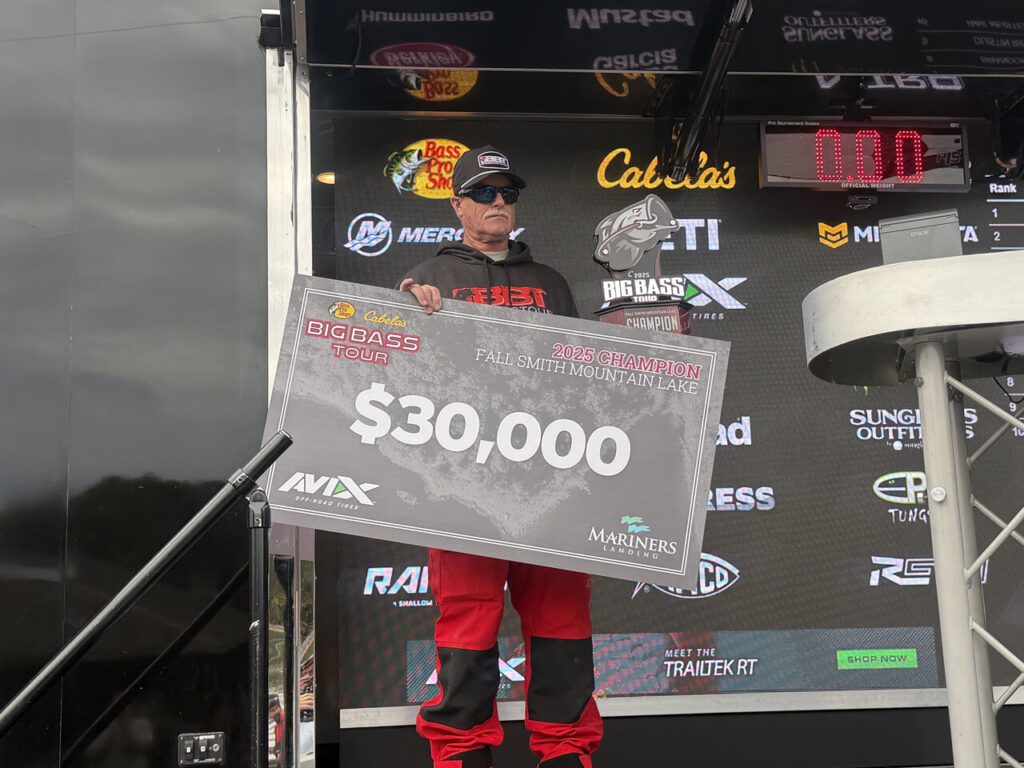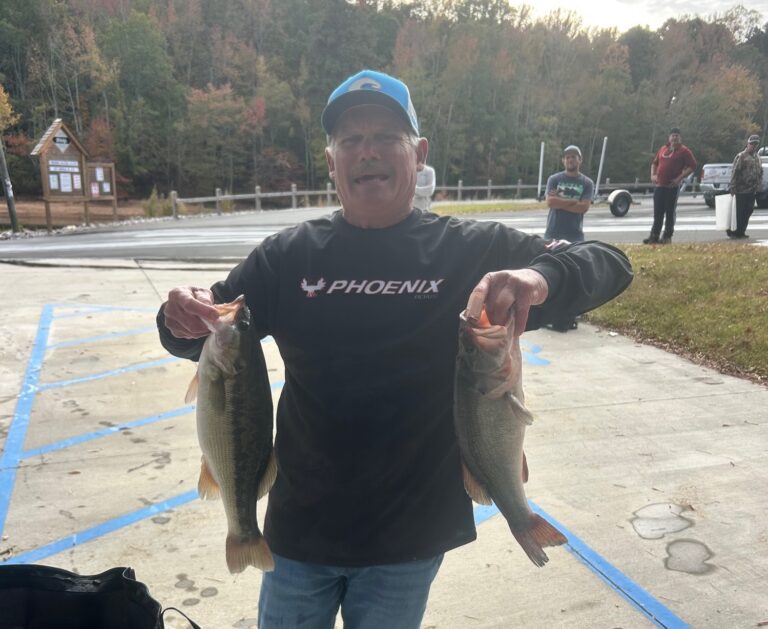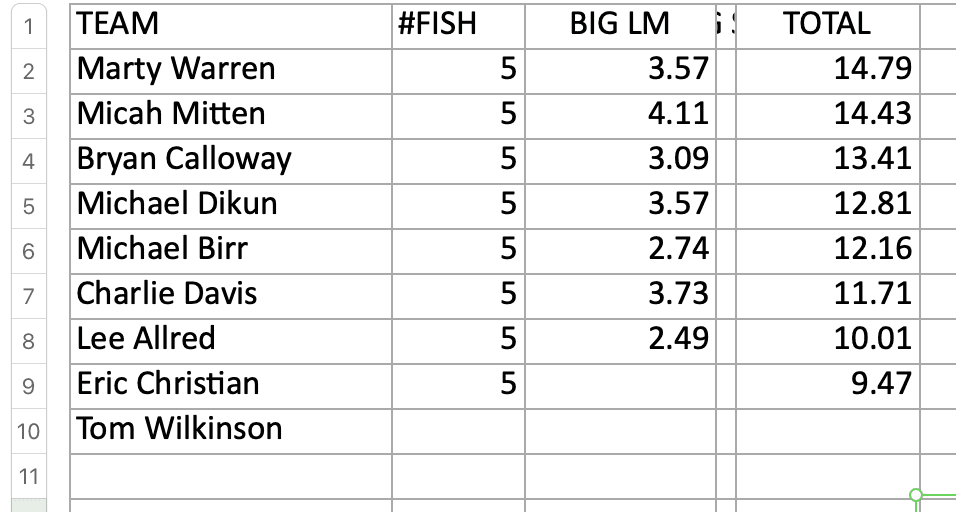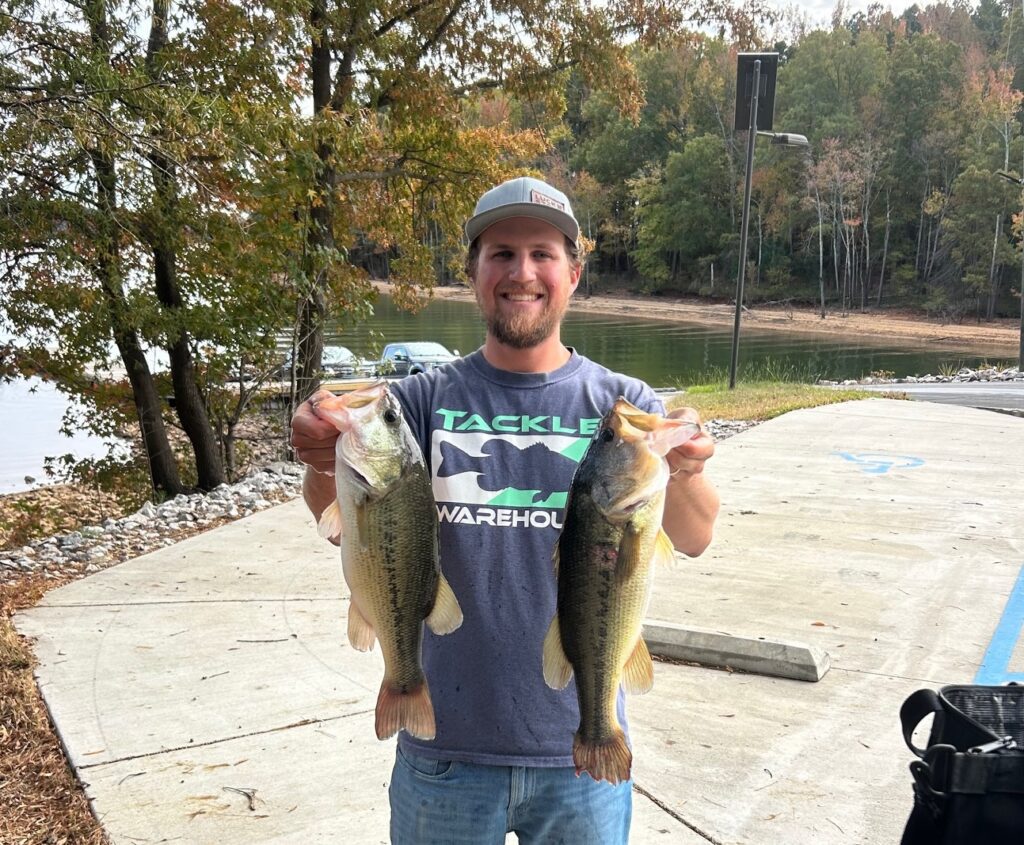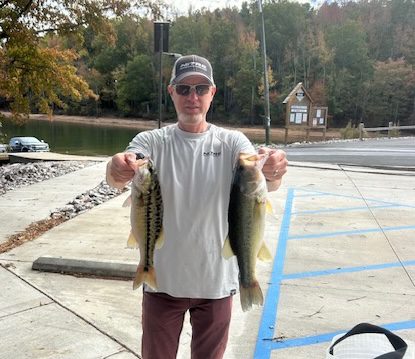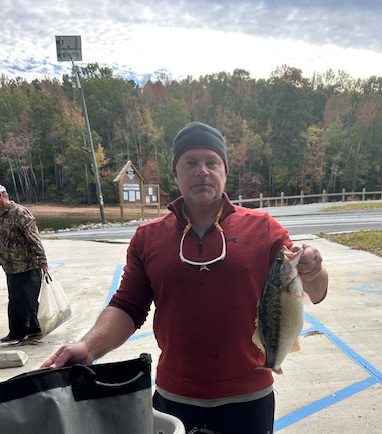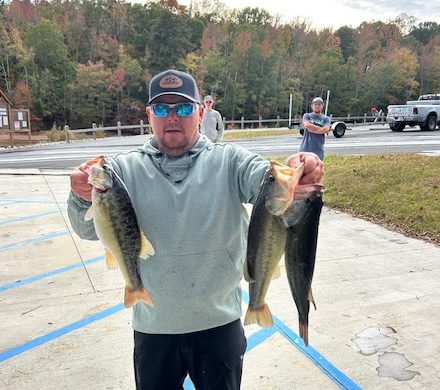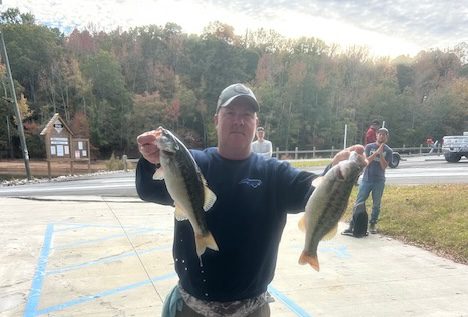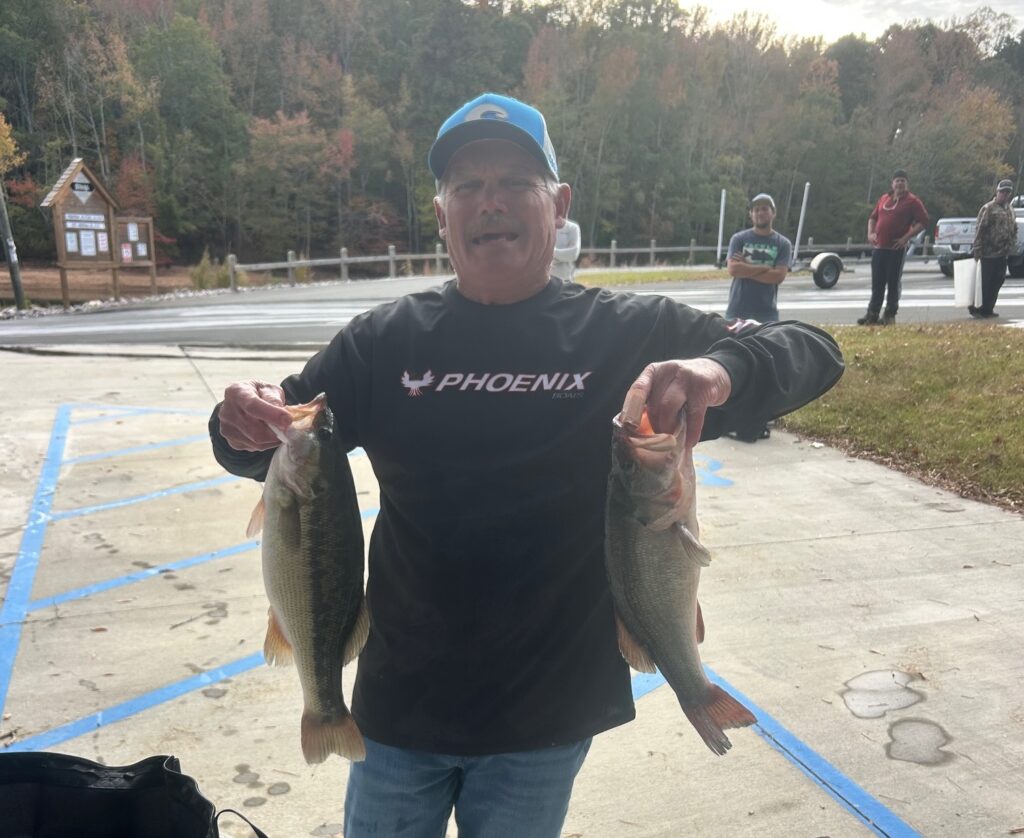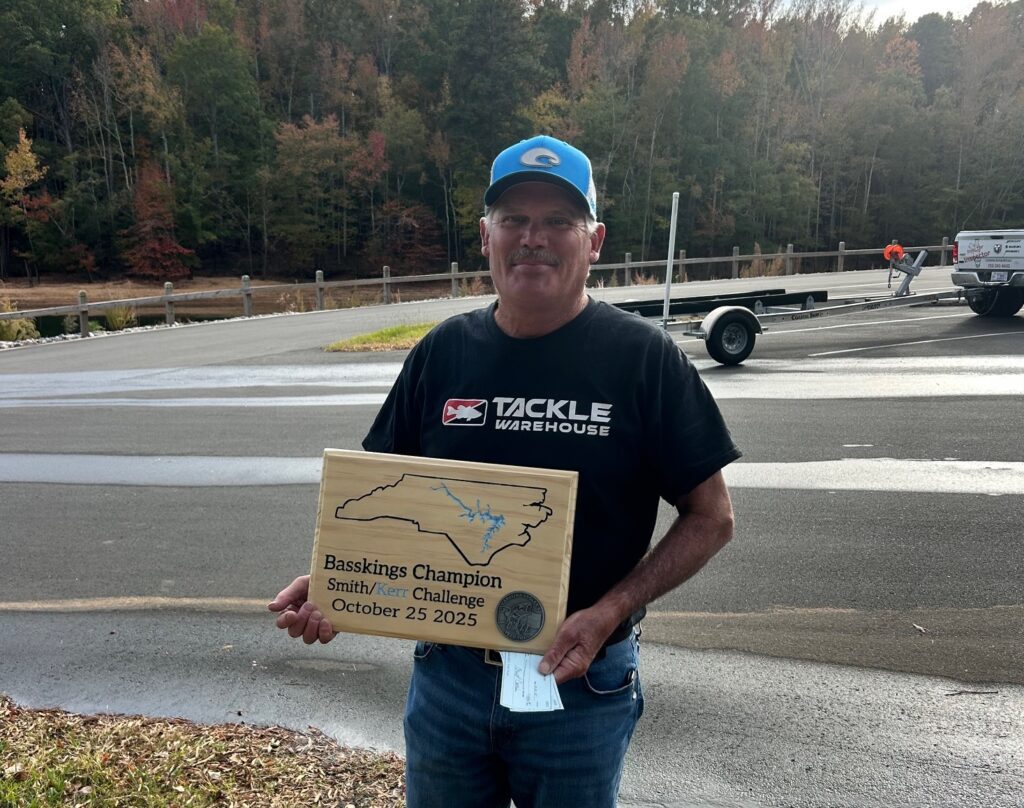What is the Tipping Point in Tournament Fishing
I competed in my first bass fishing tournament nearly a decade ago, the Mark’s Outdoors Open on Logan Martin Lake. I will never forget that day as it catapulted my love for the sport and opened a ton of doors for me in life. I always knew I loved to fish but there is something about fishing against others with the same passion that brings it to a new level. I have been contemplating taking the next jump and in 2026 I will be competing in the Bassmaster Opens, hunting an Elite Series birth. That said, I think it’s fair to take a look at the scope (no pun intended) of the sport as a whole right now. Bass tournament fishing in 2025 is more visible and technologically advanced than ever, but for many anglers, the financial reality is harsher than it was twenty years ago. Despite increased viewership, streaming coverage, and social media attention, tournament payouts have barely budged—while the cost of competing has skyrocketed.
In the early 2000s, the FLW Tour (now part of Major League Fishing) was in its prime, attracting national sponsors like Walmart, National Guard, and Kellogg’s. The Forrest Wood Cup paid $1 million to the winner, a life-changing payout that drew hundreds of aspiring pros from across the country. Today, no major bass tournament offers that kind of first-place check. The Bassmaster Classic and its Major League Fishing counterpart REDCREST only pay $300 thousand to the winner, a figure that hasn’t kept up with inflation, let alone the rising costs of competing.
Meanwhile, the cost to play the game has doubled, even tripled. Modern bass boats routinely crack six figures when fully rigged with forward-facing sonar, lithium batteries, and advanced trolling motors. Entry fees for the Bassmaster Opens surpass $2,000 per event, and pros often invest over $50,000 a season just to compete when factoring in fuel, lodging, maintenance, and travel. Yet, the payouts they’re fishing for are roughly the same as they were a decade ago. What makes this even more frustrating for anglers is the sport’s growth in visibility. Major League Fishing and Bassmaster now offer live-streaming coverage, drone shots, boat-mounted cameras, real-time scoreboards, and millions of online viewers throughout a tournament season. Social media has turned everyday anglers into influencers, and the fan base is bigger and more connected than ever. YouTube channels, TikTok reels, and Instagram highlight clips rack up millions of views. But despite the attention, new external money isn’t pouring into the sport like it once did from major non-endemic sponsors.
All this said, I believe we are on the verge of a turning point in our sport’s relatively young history. Anglers are becoming increasingly aware of our own struggles and searching hard for solutions. We recently saw Tucker Smith take home a $500 thousand dollar win in the Ultimate Angler Championship on Lake Guntersville. Sponsored largely by the State of Alabama, it showed a giant commitment to the tournament fishing and recognized its economic impact on local and state tourism bureaus. Payout aside, this event had a unique field made up of the top pros from all major organizations. It gives anglers the opportunity to prove themselves against the most talented field that could be assembled. I am glad to hear the event went well and am curious to see if other states take notice. If this independent event model proves to be sustainable, I’d be curious to see how it affects the already established organizations in the future. If I was Bassmaster or MLF, I would be watching this unfold with a close eye!

